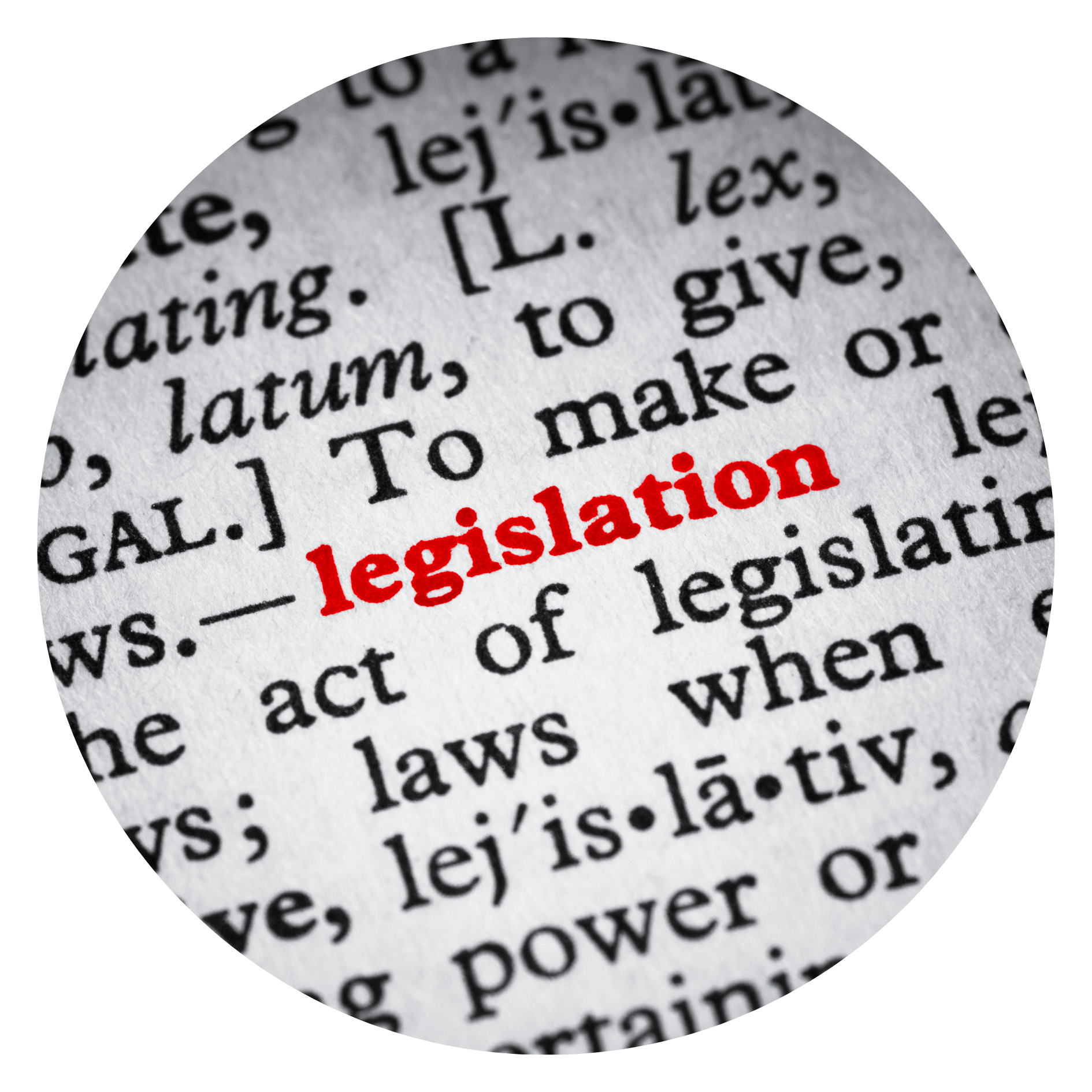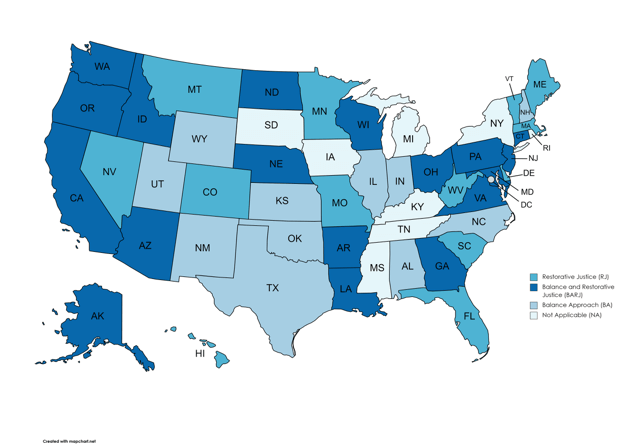POLICY & LEGISLATION
The NACRJ Policy and Legislation page contains current and historical information relating to national and state legislation impacting, or specific to, community and restorative justice. One of our top goals is to centralize information so that those who are working on efforts can draw from each other's experiences, initiatives, and language.
Thank you to Dr. Sandra Pavelka, Chair of the NACRJ Law & Policy Committee, for compiling and updating this information. If you know of national or state legislation that isn’t currently listed, please email us at info@nacrj.org.

The Status of Restorative Justice in the United States
The Balanced Approach launched a national movement in juvenile justice reform in the 1990s, starting a long journey that is more evolution than revolution. It provided the operational structure for mainstream implementation of restorative justice philosophies. The Balanced and Restorative Justice (BARJ) model, in turn, has been adopted as the legislatively mandated juvenile justice purpose clause in over half the states. Several states engaged in systematic statewide initiatives to implement policies and programs that reflect the BARJ mission. Many local jurisdictions across the nation strategically embrace BARJ in their mission statements and conduct their operations with an eye toward specifically meeting BARJ goals. The BARJ model opened the door to develop and implement a broad variety of non-traditional programs and interventions designed to enhance youth accountability while supporting competency development and maintaining community safety.
Most states have a legislatively mandated purpose clause that defines their philosophical and strategic approach to youth criminal behavior or delinquency. A survey of state juvenile justice purpose clauses conducted by the National Center for Juvenile Justice identified four primary philosophical approaches to addressing juvenile justice, including: parens patriae, due process, the developmental approach, and BARJ. NCJJ’s survey confirmed earlier findings by Pavelka that BARJ is the most prevalent legislatively articulated juvenile justice mission with 29 states embracing BARJ in their purpose clauses.
State Statutes or Codes Incorporating Restorative Justice

“Restorative Justice in the States: A National Assessment of Legislation and Policy” Justice Policy Journal, Fall 2016, 13 (2)
Status of Legislation in All States
The Case of Colorado | How Colorado has pioneered a way forward to implement restorative justice legislation statewide.
Restorative Justice Policy and Legislation Links
Center on Juvenile and Criminal Justice
Can Restorative Justice Halt the School to Prison Pipeline
National Center on Juvenile Justice
Office of Juvenile Justice and Delinquency Prevention
